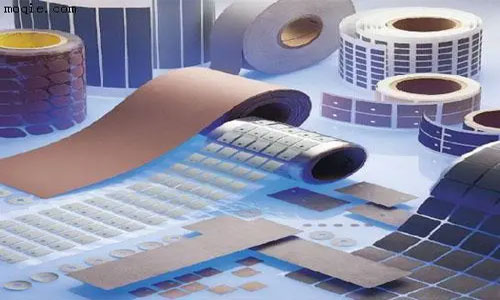
The integration of robotics and automation in die cutting has brought numerous benefits to the industry, including increased efficiency, productivity, and accuracy. Here are some key aspects of the integration of robotics and automation in die cutting:
1. Robotic Loading and Unloading: Robotic systems can be integrated into die cutting machines to automate the loading and unloading of materials. This eliminates the need for manual labor and reduces downtime, as the robotic arm can continuously feed the machine with new materials and remove finished products. Robotic loading and unloading also ensure consistent and precise positioning of materials, resulting in accurate cutting.
2. Material Handling: Automated material handling systems, such as conveyor belts and robotic arms, can be incorporated into die cutting setups to transport materials to and from the machine. This streamlines the production process, reduces human intervention, and increases throughput. Material handling automation also minimizes the risk of errors or damage during transportation, ensuring the integrity of the materials.
3. Waste Removal: Die cutting generates waste materials, such as excess parts or trimmed edges. Automation systems can be implemented to remove these waste materials from the die cutting area. This not only improves the cleanliness and safety of the workspace but also reduces the time and effort required for manual waste removal.
4. Precision and Accuracy: Robotics and automation systems have advanced motion control capabilities, allowing for precise and repeatable movements. This level of precision ensures accurate positioning of the die and the material, resulting in consistent cutting quality and reduced errors. Automation also eliminates the potential for human error, ensuring the highest level of accuracy in die cutting operations.
5. Integration with Other Processes: Die cutting is often one step in a larger manufacturing process. By integrating robotics and automation, die cutting machines can be seamlessly connected to other processes, such as printing, folding, or assembly lines. This integration enables continuous operation and real-time data exchange, optimizing overall production efficiency and reducing bottlenecks.
6. Quality Control and Inspection: Robotics and automation systems can be equipped with sensors, cameras, and vision systems to perform real-time quality control and inspection. These technologies can detect defects, measure dimensions, and verify the accuracy of the cut shapes. Automated inspection ensures that only high-quality products proceed to the next stage of production, reducing waste and improving customer satisfaction.
The integration of robotics and automation in die cutting has transformed the industry by increasing efficiency, accuracy, and productivity. By reducing manual labor, minimizing errors, and optimizing the production process, die cutting operations can be completed faster, with higher-quality results, and at a lower cost.
Here are the topics that we’ll cover in this complete guide Rotary Die Cutting in Industrial Applications Section 6: Future Trends and Innovations
6.1 Advances in Die Cutting Technologies
6.3 Digitalization and Industry 4.0 in Die Cutting Operations
Contact: Pamela
Phone: +86 189 6365 3253
E-mail: info@industryprocess.com
Whatsapp:+86 189 6365 3253
Add: Yajing Industrial Park, No. 59 Shuangjing Street, Weiting Town, Suzhou Industrial Park
We chat
